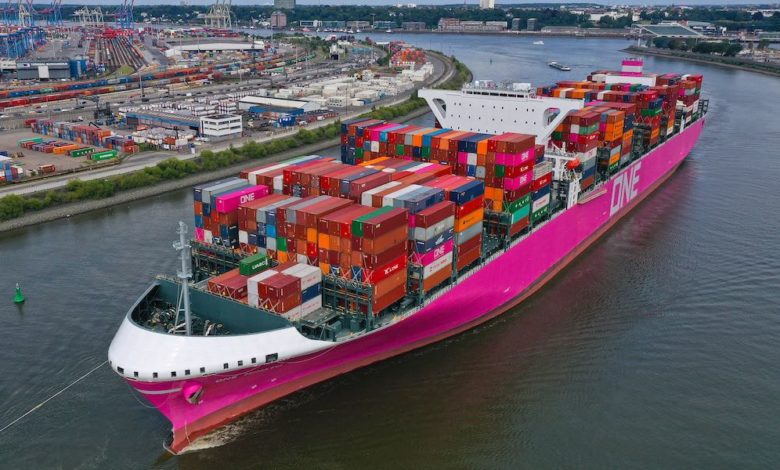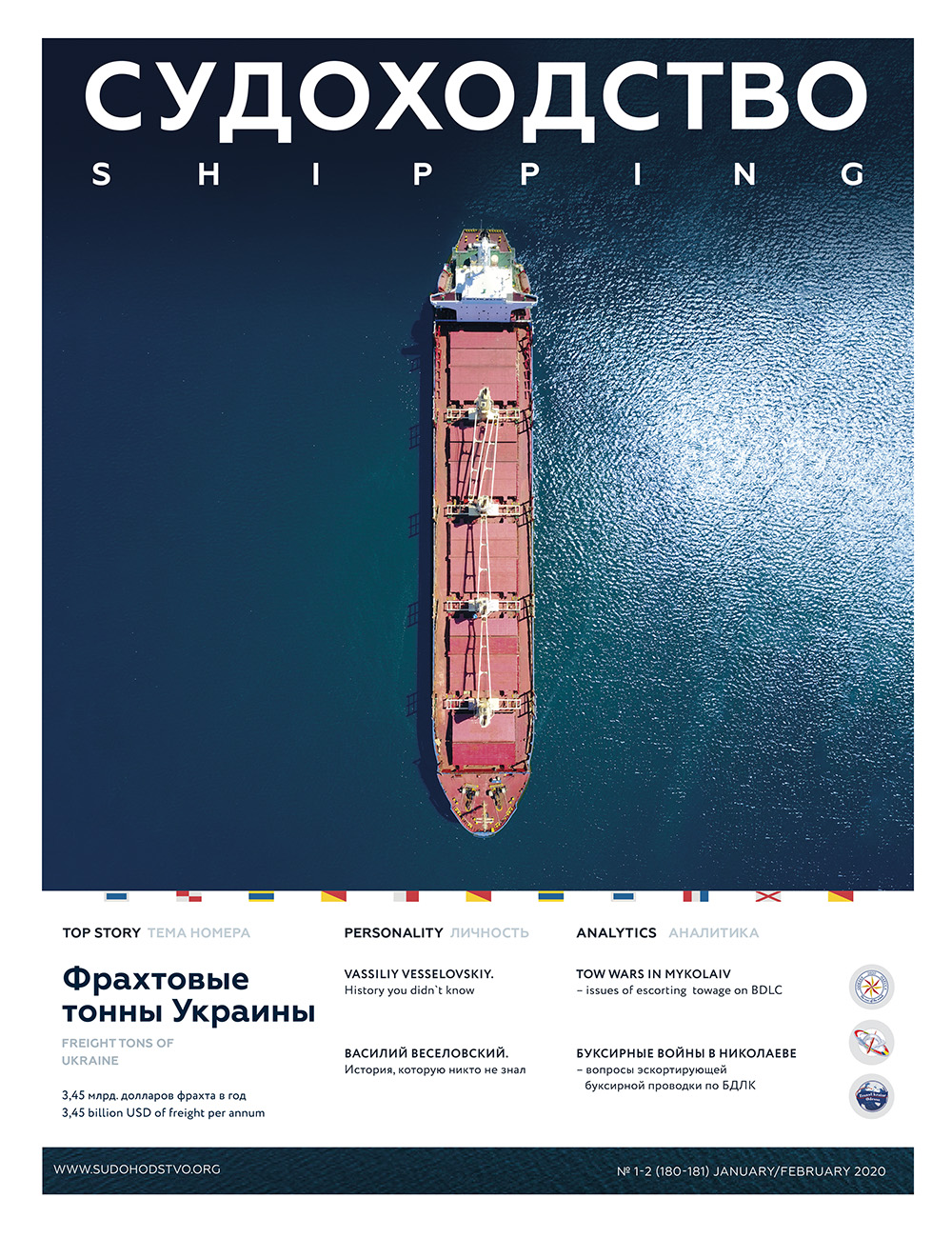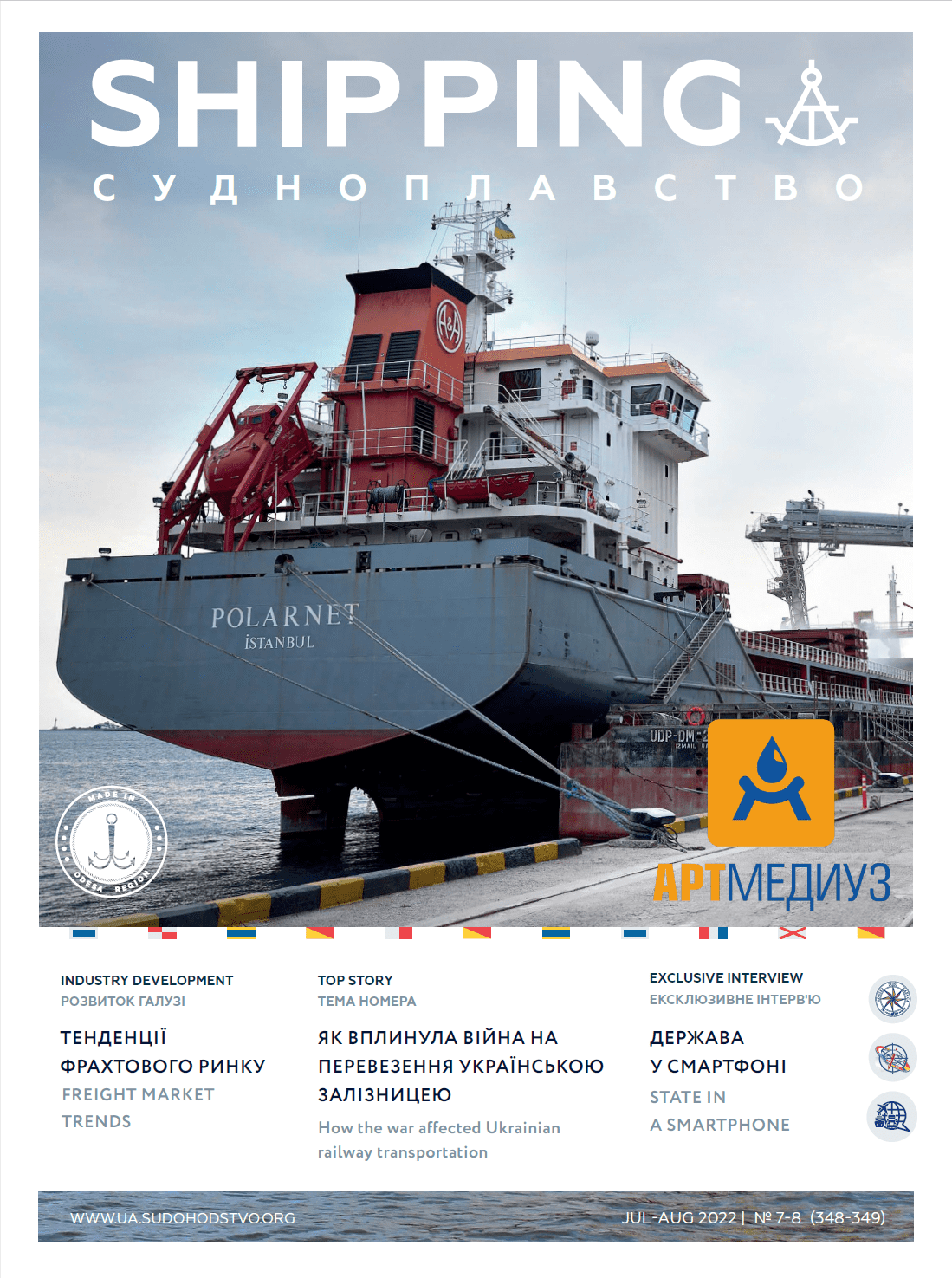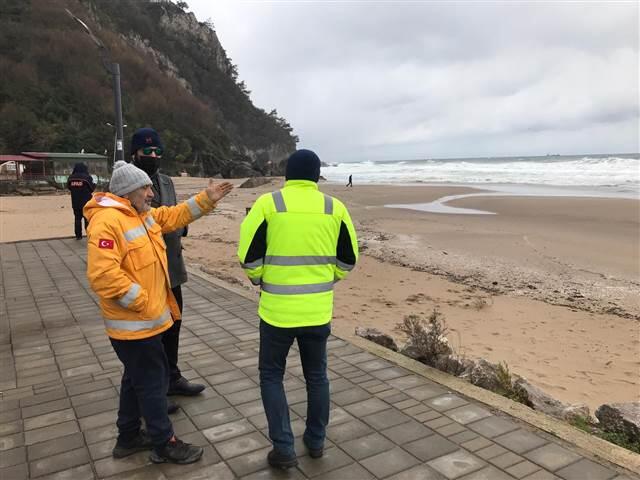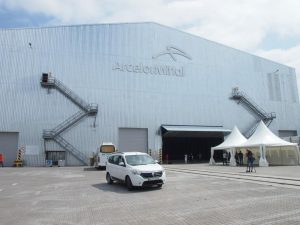Most ports still use manual and paper-based processes without access to digital technology, according to new research by Singaporean port management software firm Innovez-One, creating a polarized port environment and last mile risks. The “last mile” is the last stage in the delivery of goods in the supply chain.

Of the 4,900 ports in the world, the majority are not yet using digital technology for even the most basic processes; 80% of ports continue to rely on manual, legacy solutions such as whiteboards or spreadsheets to manage critical marine services such as towage, pilotage and launch boats, Innovez-One claims. The benefits of digitalization remain the prerogative of only a few large «tier 1» ports with a profile and financial capacity. “This has created a polarized landscape in the port sector,” Innovez-One said in a statement. The lack of digitalization in most ports makes the “last mile” a weak link in the global supply chain, creating risks of delays, late payments, increased fuel consumption and emissions, reduced revenues and even security problems, Innovez-One noted.

